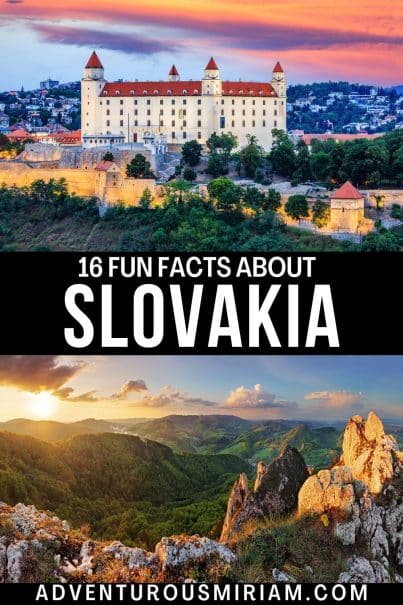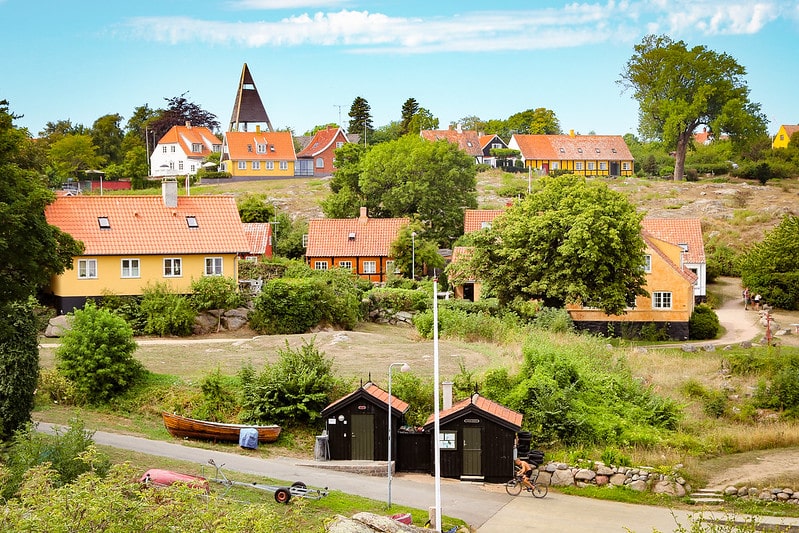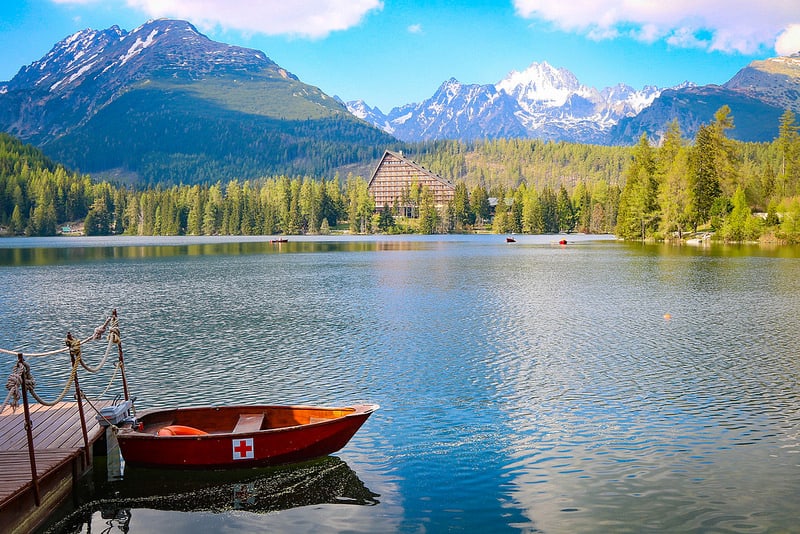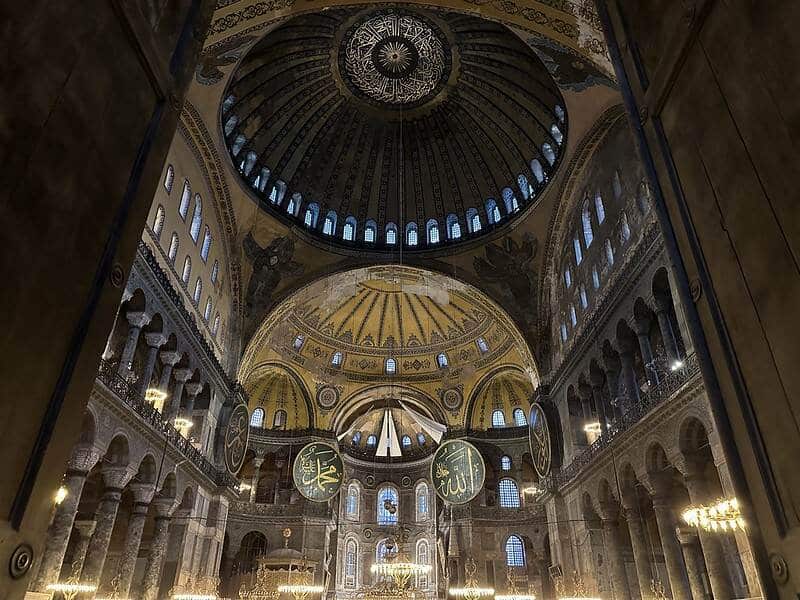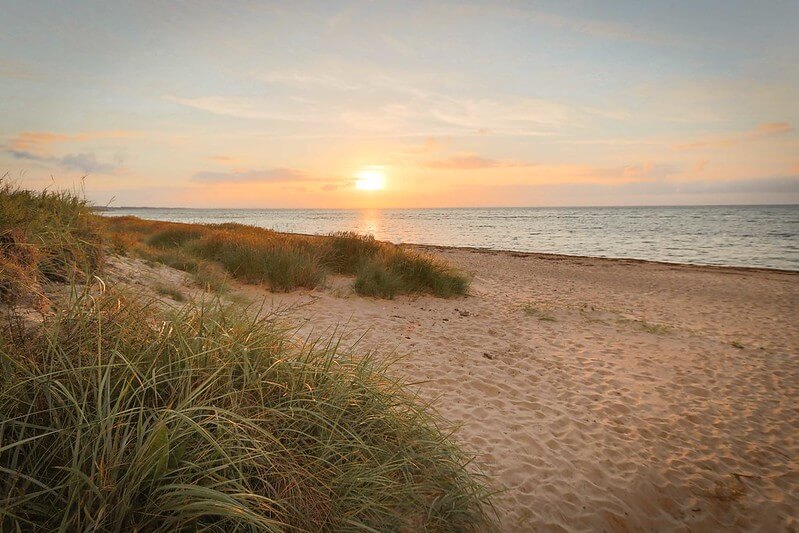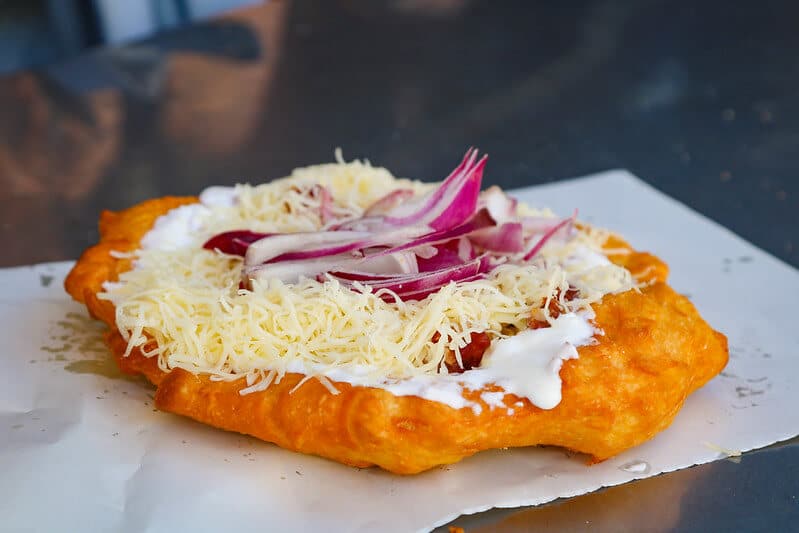16 fun facts about Slovakia that will surprise you
Looking for some fun facts about Slovakia? You’ve come to the right place.
Nestled in the heart of Europe, Slovakia is a land of towering peaks, fairy-tale castles, and springs that could fill a thousand bathtubs. But there’s a lot more to this place than just pretty scenery.
In this post, I’ll share some of the most fascinating facts about Slovakia that might just make you the star of your next trivia night.
Let’s dive in!
This post contains referral links for products I love. Adventurous Miriam earns a small commission at no extra cost to you if you purchase through my links. I appreciate your support ♡ Learn more
Fun facts about Slovakia
1. Bratislava is the only capital in the world that borders two countries
How about this: Bratislava is the world’s only capital to border two countries – Austria and Hungary.
Imagine walking through a city where a short drive or even a stroll can take you across borders.

2. Slovakia has the highest wooden altar in the world
Slovakia’s Church of St. James in Levoča guards a monumental treasure – the world’s highest wooden altar.
Master Pavol of Levoča sculpted this towering work of art, standing at 18.62 meters, back in the 16th century.
It’s not just its height that’s impressive; the altar’s intricate details and craftsmanship tell a story of Slovakia’s rich religious and artistic past.
3. There are more than 6000 caves in Slovakia
Did you know that Slovakia has more than 6000 caves? That’s right.
This small country is a treasure trove of subterranean wonders, from the ice-filled depths of Dobšinská Ice Cave to the intricate dripstone formations of Demänovská Cave of Liberty.

4. Slovakia features the highest peak in the Carpathian Mountains
And get this: Slovakia is also where you’ll find the Carpathian Mountains’ highest peak, Gerlachovský štít.
Towering at 2,655 meters, it challenges hikers and climbers to conquer its peak.
The reward? Unparalleled views and a sense of triumph atop the roof of the Carpathians.
5. The second-longest river in Europe flows through Bratislava
The Danube, Europe’s second-longest river, winds its way through Bratislava.
6. Spiš Castle is one of Central Europe’s largest castle complexes
Now, let’s talk about Spiš Castle.
This colossal fortress ruin is one of Central Europe’s largest castle complexes.
Perched on a hilltop, it offers a glimpse into medieval times with its imposing walls and courtyards.

7. Slovakia has the world’s highest number of castles per capita
Here’s a fun fact for you: Slovakia has the world’s highest number of castles per capita – 300.
From the grandiose Bojnice Castle to the ruins of Čachtice, the land is dotted with these regal structures.
8. Slovakia had the first reservation of folk architecture in the world
In 1928, Slovakia established the first-ever reservation of folk architecture in Žilina District’s village of Čičmany.
This reservation safeguards its unique wooden houses with their distinctive white, geometric patterns.

9. Many Slovaks are partial Hungarian, German, or Vlachs (Romanian)
You might be surprised to learn that many Slovaks have a rich ancestry, with Hungarian, German, or Vlachs (Romanian) roots.
This blend of cultures is a reflection of the region’s complex past and the various peoples who have settled or ruled here over the centuries.
10. Slovakia has the most fortified castles per capita
Now, get this: Slovakia has the world’s highest number of fortified castles per capita.
With over 100 castles and châteaux, and a population of about 5.4 million, that’s an impressive number of strongholds for such a small country.
11. Pop artist Andy Warhol’s parents came from Slovakia
Yes, the father of Pop Art, Andy Warhol, had Slovak roots.
His parents emigrated from the small village of Miková in the northeast of Slovakia to the United States.
Today, you can visit the Andy Warhol Museum of Modern Art in Medzilaborce, Slovakia, not far from his parents’ birthplace.
12. Slovakia was part of the former country of Czechoslovakia
Slovakia’s history is deeply intertwined with its former partner, Czechoslovakia.
The Czech Republic and Slovakia peacefully split in 1993, a historical event known as the Velvet Divorce. This dissolution gave birth to Slovakia as an independent country, marking a new chapter in its national story.
13. Slovakia has 8 UNESCO World Heritage sites
With 8 UNESCO World Heritage sites, Slovakia is a cultural gem. These sites range from the primeval beech forests of the Carpathians to the historic town of Banská Štiavnica.

14. Slovakia is one of the smallest countries in Europe
Slovakia is indeed one of Europe’s smaller countries, covering about 49,000 square kilometers.
But don’t let its size fool you – this nation packs a punch with its rich history, stunning landscapes, and cultural depth, proving that great things often come in small packages.
15. The Slovak economy is one of the fastest-growing economies in Europe
Slovakia has a pretty wild nickname – the Tatra Tiger.
Why? Because its economy is one of the quickest growing in all of Europe.
It’s part of the big leagues with memberships in the OECD and the EU. Since 2009, Slovakia has been dealing in Euros, making it super streamlined for business and trade within the Eurozone.
16. More than 1,600 officially registered springs
And get this, Slovakia has over 1,600 officially registered springs. That’s a lot of water!
These springs are a big deal for health and spa tourism. People come from all over to chill in these healing waters.
FAQ – Slovakia facts
What are 3 interesting facts about Slovakia?
- Slovakia has the highest number of castles and châteaux per capita in the world.
- The country is home to over 1,600 mineral springs.
- It adopted the euro in 2009, becoming part of the Eurozone.
What is Slovakia famous for?
Slovakia is known for its dramatic mountainous landscapes, including the High Tatras, its rich history with many well-preserved castles, and the capital city, Bratislava, which borders two countries.
How old is Slovakia?
As an independent nation, Slovakia is relatively young, having been established on January 1, 1993, after the split of Czechoslovakia, often referred to as the Velvet Divorce.
Is Slovakia a 1st world country?
Yes, Slovakia is considered a developed, high-income economy and is a member of the European Union and the OECD, which are hallmarks of what was traditionally known as “first world” status.
More posts about Slovakia you might like
- 17 brilliant things to do in Kosice
- Ultimate Guide to the High Tatras, Slovakia
- Food in Slovakia: 10+ delicious dishes
Save it!
